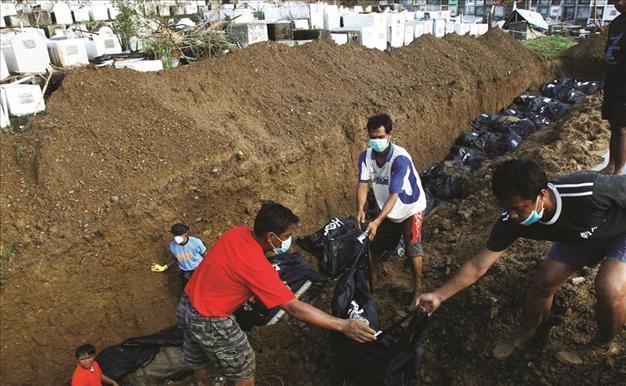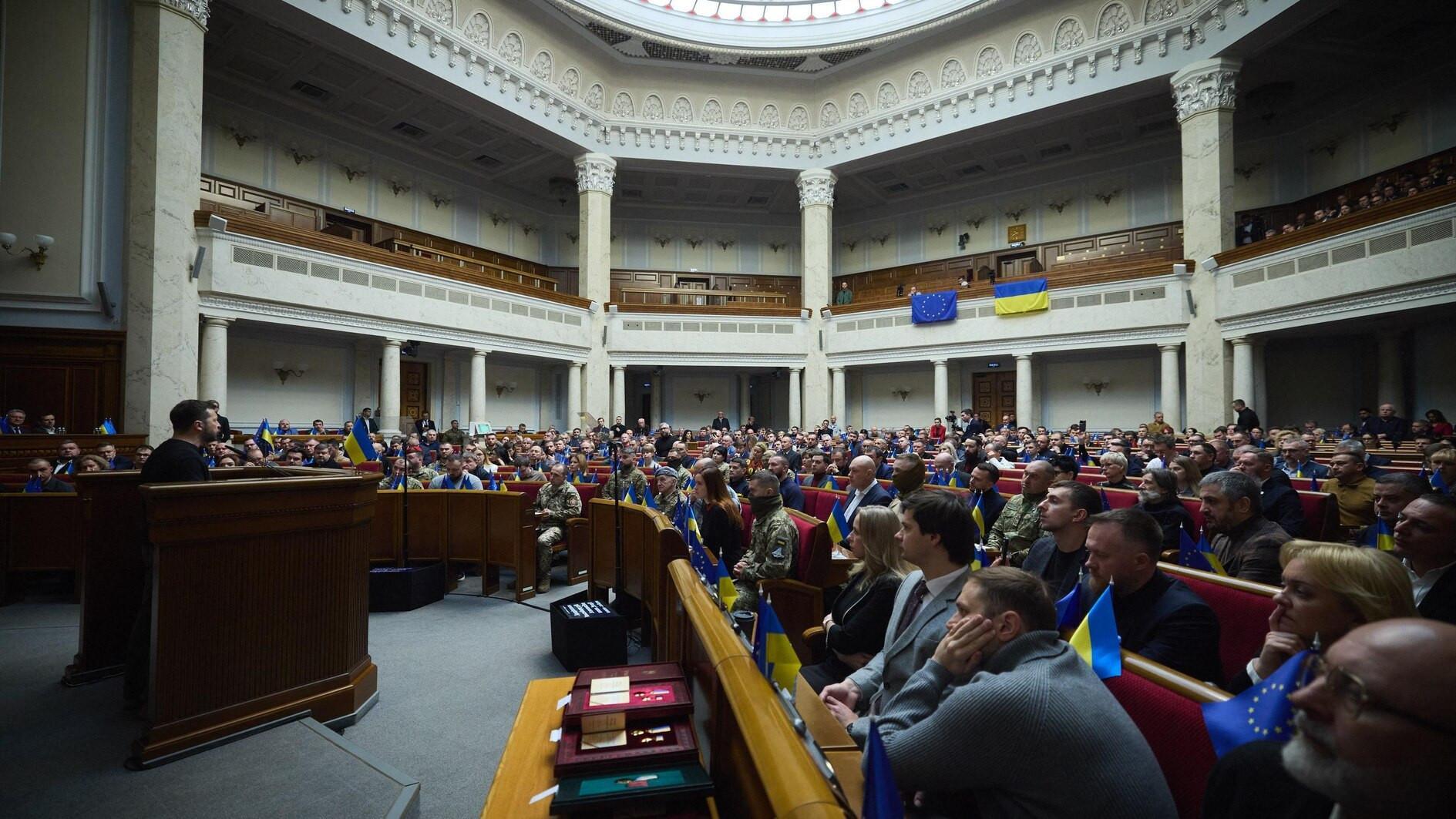Philippines begins mass burial as survivors beg
TACLOBAN, Philippines

Policemen and volunteers carry a body bag to a mass grave for burial in the aftermath of super typhoon Haiyan in Tacloban city, central Philippines. REUTERS photo
Scores of decaying bodies were laid Nov. 14 in mass graves as overwhelmed Philippines authorities grappled with disposal of the dead, while the living begged for help after the typhoon disaster.The arrival of the USS George Washington, a huge aircraft carrier with 5,000 sailors aboard, offered some hope for the hungry and thirsty left to roam the ruined city of Tacloban.
But almost a week after Typhoon Haiyan swept through the country’s central islands, crushing settlements and laying waste to an already poor area, the stench of putrefying flesh hung heavy in the air. “I do feel that we have let people down,” conceded United Nations humanitarian aid chief Valerie Amos, who visited Tacloban on Nov. 13. “Those who have been able to leave have done so. Many more are trying. People are extremely desperate for help,” she told reporters in Manila. Amos said some 11.5 million people have been affected by the typhoon, which includes people who lost their loved ones, were injured, and suffered damage to their homes, business or livelihoods.
“We need to get assistance to them now. They are already saying it has taken too long to arrive. Ensuring a faster delivery is our... immediate priority.” By mid-morning in Tacloban on Leyte island, some of the 200 corpses that had been lined up side-by-side at a local government building had been placed at the bottom of a huge pit expected to be several layers deep by the time it is covered over with earth.
“There are still so many cadavers in so many areas. It’s scary,” said Tacloban mayor Alfred Romualdez, adding that retrieval teams were struggling to cope. “There would be a request from one community to collect five or 10 bodies and when we get there, there are 40,” Romualdez told Agence-France-Presse, saying that aid agencies’ response to the increasingly desperate crisis had been too slow. “I hope this is the last time I see something like this,” he said.
Days without eating
Sick or injured people lie helplessly among the ruins of buildings, while those with the energy try to leave a place that resembles hell. Efren Nagrama, area manager at the civil aviation authority, said conditions were “very dire now” as he surveyed the filthy stream of humanity at Tacloban’s battered airport clamoring to get a flight out.
“You see hundreds coming to the compound every day. People who have walked for days without eating, only to arrive here and be made to wait for hours or days under the elements,” he said.
“People are pushed to the tipping point -- they see relief planes but cannot get to the food nor get a ride out. There is chaos.” Mayor Romualdez said the people of Tacloban needed an “overwhelming response” from aid organizations and the government. “We need more manpower and more equipment,” Romualdez pleaded. While there is no shortage of aid material - both domestic and international - much of it is stuck in Manila and the nearby airport of Cebu because of the extensive damage that Tacloban airport suffered.
City officials estimate that they have collected 2,000 bodies but insist many more need to be retrieved. Doctors who have been dealing with cuts, fractures and pregnancy complications said they soon expect to be treating more serious problems such as pneumonia, dehydration, diarrhea and infections from lack of clean water.
















